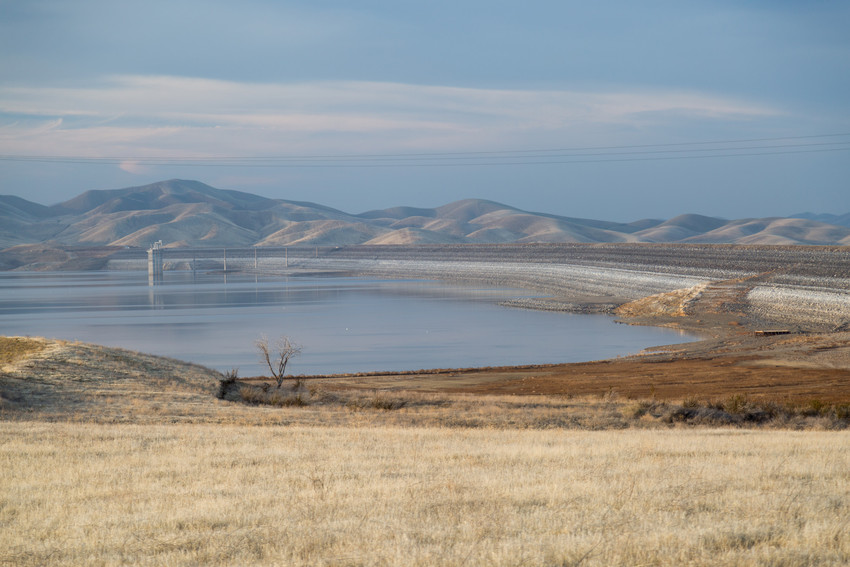
Tuesday is “New Year’s Eve” for water managers in California, but they aren’t celebrating.
This is the end of the state’s official “water year,” kind of a fiscal year for the water budget. Officials watch water years more closely than calendar years because they run from October to September, centered around the months in which California gets virtually all of its rainfall. And this one appears to be clocking in as the third driest on record, according to state climatologist Mike Anderson, with less than 60 percent of normal precipitation.
Measured by total precipitation within those months, the driest water year on record was 1924. Clocking in second was 1977, toward the end of California’s last epic drought, when one of the state’s principal reservoirs, Lake Oroville on the Feather River, dropped to its all-time low of 26 percent of capacity. The lake’s current level is hovering just barely above that at 30 percent (less than half its historical average). But as state water officials are keen to point out in a press release, the state’s population in those years was a fraction of what it is today:
“…on September 1, the state’s major reservoirs collectively held only 57 percent of average storage for the date, or about 36 percent of capacity. Cumulative reservoir storage in 1977, to date California’s driest year on record, was approximately five million acre-feet less than today but the state in that year had millions fewer people.”
If you’re counting calendar years, 2013 was the driest on record and the outlook for 2014 isn’t much better, despite the early showers that have passed through already this fall. Those rains helped put a damper on wildfires but weren’t nearly enough to put a dent in the drought. Early hopes for drought-busting El Niño conditions in the Pacific Ocean have waned. It takes a mighty El Niño to really soak Northern California. Federal climate forecasters say the odds favor only a pipsqueak El Niño this fall and winter.
The state also tracks a “precipitation year,” which runs July through June, in which the one ended June 30 was the second driest on record. California typically gets half its precipitation in the three months between December and February.